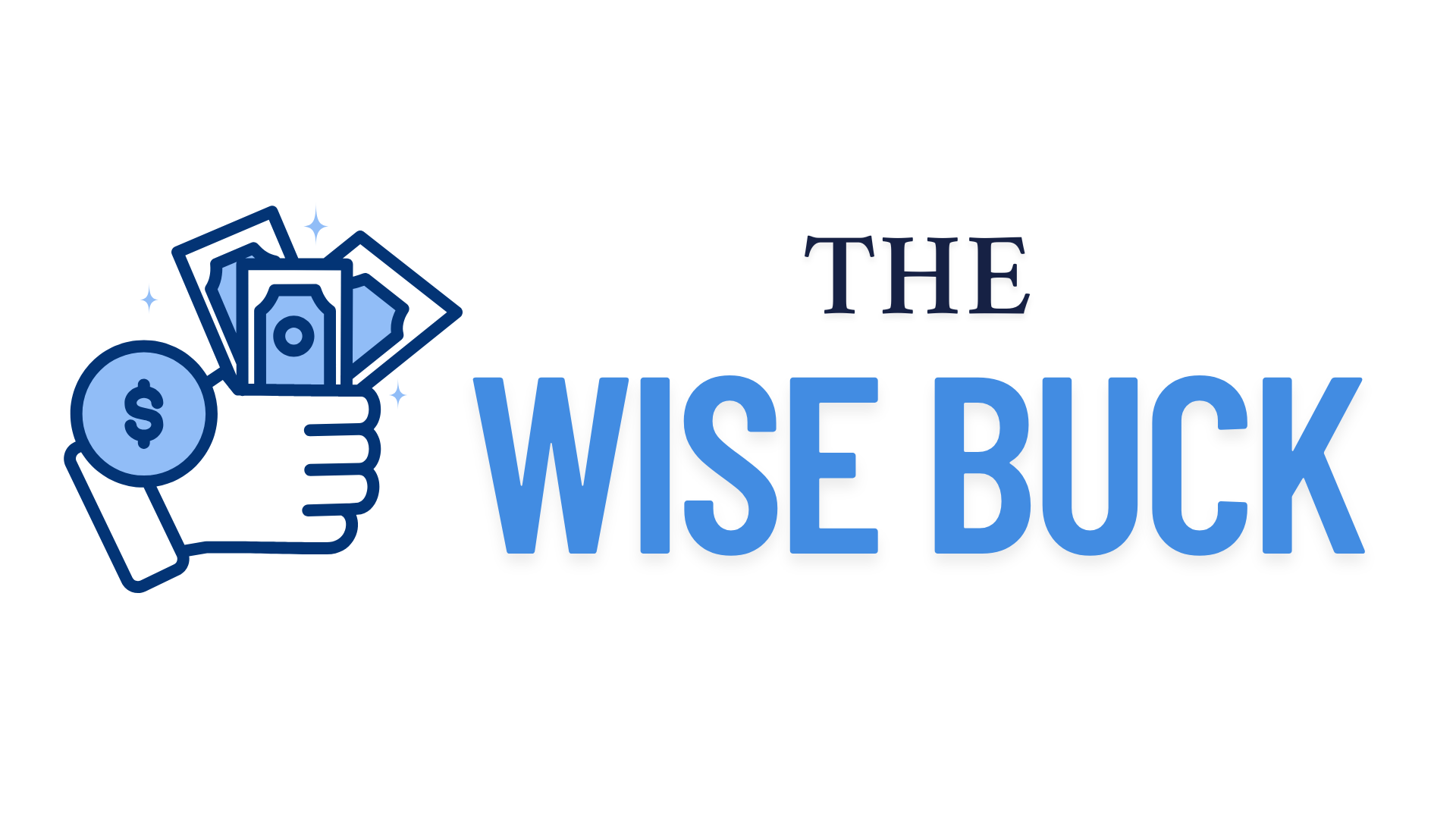Changing jobs is exciting—it can mean new opportunities, higher pay, and fresh challenges. But with career changes comes an important financial decision: what to do with your old 401k.
If you’re like most workers, your 401k is one of your biggest retirement assets. Leaving it behind without a plan could cost you in fees, taxes, or lost growth opportunities. The good news is, you have options. Let’s break them down so you can make the best choice for your financial future.
What Happens to Your 401k When You Change Jobs?
When you leave a job, your 401k doesn’t disappear. The money is still yours, but what happens next depends on your account balance and the plan rules.
- If your balance is over $5,000, you can usually keep it in your old employer’s plan.
- If your balance is between $1,000 and $5,000, your employer may roll it into an IRA for you.
- If your balance is under $1,000, they may send you a check (which could trigger taxes and penalties if not handled carefully).
That’s why understanding your choices is critical before making a move.
Your Four Main Options
1. Leave the 401k With Your Old Employer
This is the simplest choice—do nothing and keep your account where it is.
Pros:
- No immediate taxes or penalties.
- Investments remain tax-deferred.
- Access to institutional funds (sometimes lower cost than retail IRAs).
Cons:
- Limited control over investment options.
- Higher administrative fees in some plans.
- Easy to lose track if you switch jobs multiple times.
2. Roll Over to a New Employer’s 401k
If your new job offers a 401k, you may be able to roll your old 401k into the new plan.
Pros:
- All retirement savings in one place (easier management).
- Keeps tax advantages.
- May give you access to loans through your employer’s plan.
Cons:
- Limited investment options compared to IRAs.
- Not all employers accept rollovers.
3. Roll Over to an IRA
For many, this is the most flexible option: move your old 401k into a Traditional or Roth IRA.
Pros:
- Much wider range of investment choices (stocks, ETFs, mutual funds).
- Potentially lower fees.
- Greater control over your retirement savings.
Cons:
- No loan provisions (unlike some 401k plans).
- Must handle the rollover carefully to avoid taxes.
- Roth conversion may trigger tax liability if rolling from a traditional 401k.
4. Cash Out Your 401k (Not Recommended)
Technically, you can take the money out. But unless you’re at least 59½, this triggers income taxes plus a 10% penalty.
Pros:
- Immediate access to cash.
- Could help in a true financial emergency.
Cons:
- Heavy tax hit.
- Loss of future compounding and retirement growth.
- Jeopardizes long-term financial security.
For most people, this is the worst option—think of it as a last resort.
Tax Implications of a 401k Rollover
Rolling over your old 401k can be done in two ways:
- Direct Rollover: Your old plan transfers the money directly to your IRA or new 401k. No taxes withheld, no penalties.
- Indirect Rollover: You receive a check and must deposit it into your new account within 60 days. If you miss the deadline, it counts as income and may trigger taxes and penalties.
To keep things simple, always request a direct rollover.
How to Avoid Penalties on 401k Withdrawals
The golden rule: don’t touch the money unless you absolutely must. Early withdrawals (before age 59½) usually mean a 10% penalty plus income taxes.
Exceptions exist (like severe medical expenses, permanent disability, or first-time home purchases under certain plans), but these should not be your main strategy. The longer your money stays invested, the more time it has to grow.
Managing Old 401k Accounts
One of the hidden risks of leaving your money behind is simply forgetting about it. Millions of Americans have “lost” 401ks because they changed jobs and didn’t track the accounts.
Best practice: consolidate whenever possible. Having fewer accounts makes it easier to manage investments, rebalance, and ensure your money is working toward your goals.
The Best Option for Most People
While there’s no one-size-fits-all answer, many financial experts recommend rolling your 401k into an IRA when you leave your job. Why? It gives you:
- More control
- More investment choices
- Easier long-term management
Still, if your new employer offers a strong plan with low fees and great investment options, rolling into the new 401k can also be a smart move.
Final Thoughts
When you leave a job, your 401k should never be an afterthought. The decision you make today can significantly impact your retirement years.
- Leaving it in the old plan is easy but may limit flexibility.
- Rolling into a new 401k keeps things consolidated but comes with restrictions.
- Rolling into an IRA offers the most freedom and control.
- Cashing out should only be considered in emergencies.
Whatever you decide, don’t let the money sit unattended. Your retirement is too important. Take the time to choose the option that aligns with your financial goals, minimizes fees, and maximizes growth.
